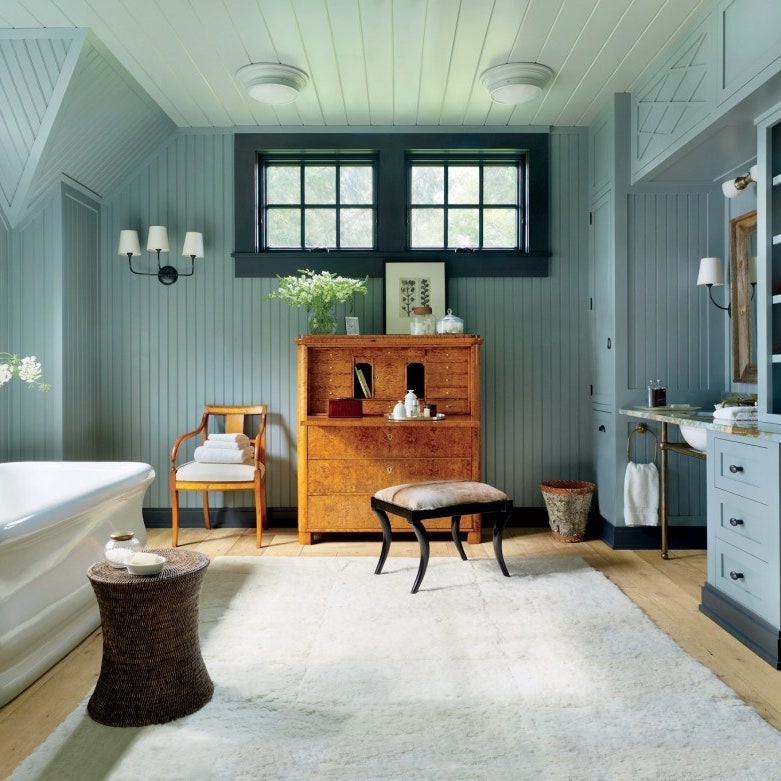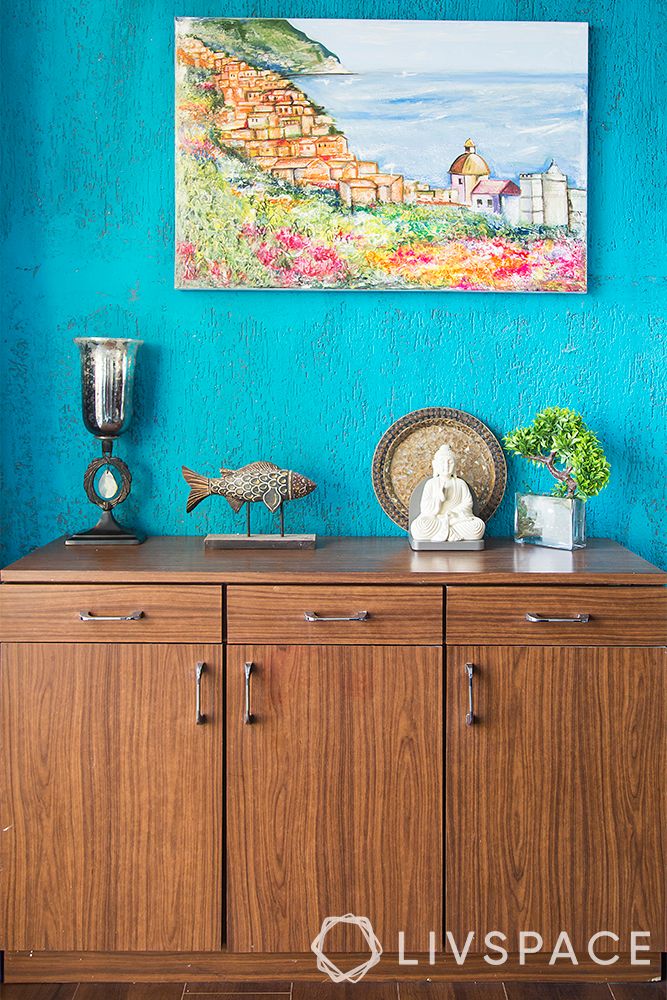Murals have been a part of human culture for thousands of years, serving as historical records, community symbols, and public art. Unfortunately, environmental factors such as UV radiation, moisture, and air pollution pose significant risks to these artworks. This article explores the main environmental culprits behind mural degradation and discusses strategies to combat these effects, including the innovative use of Wall Murals by Peel and Stick products designed to be more durable and resistant.

II. Understanding the Impact of UV Radiation on Murals
UV radiation is one of the primary causes of color fading and material deterioration in outdoor murals. The sun’s rays can break down the chemical bonds in paint pigments, leading to noticeable color changes and weakening of the mural’s surface.
Preventative Measures and Protective Coatings:
- UV-resistant varnishes: Application of clear coatings that block harmful UV rays can significantly extend the life of a mural.
- Shading solutions: Installing shades or awnings can provide physical barriers against direct sunlight.
III. The Role of Moisture and Humidity in Mural Degradation
Moisture and humidity can wreak havoc on wall murals, promoting the growth of mold and causing paint to peel.
Strategies for Moisture Control:
- Waterproofing coatings: These are essential for protecting murals from rain and humidity.
- Proper drainage systems: Ensuring that water does not accumulate near mural sites prevents prolonged moisture exposure.
IV. Effects of Air Pollution on Mural Longevity
Pollutants like sulfur dioxide and nitrogen oxides can accelerate the degradation of mural materials, leading to fading and chemical damage.
Recommendations for Mural Placement:
- Location analysis: Avoiding placement near heavy traffic and industrial areas can reduce exposure to harmful pollutants.
- Pollutant-resistant materials: Use of materials designed to withstand harsh environmental conditions can help preserve murals.
V. Salt Damage in Coastal Areas
Murals located near coastal areas are particularly susceptible to salt damage, which can corrode paint and other materials.
Protective Measures Against Salt Damage:
-
- Barrier coatings: Specialized coatings that repel salt and moisture can protect murals in coastal environments.
- Regular maintenance: Frequent cleaning and upkeep can mitigate the accumulation of salt on mural surfaces.
VI. Biological Factors and Their Control
Biological growths such as moss and lichen not only detract from the visual appeal of murals but also physically damage their surfaces.
Methods for Biological Growth Prevention:
- Anti-fungal treatments: These treatments can prevent the growth of moss and mold on murals.
- Regular inspections: Early detection of biological growth allows for timely intervention and removal.
VII. Technological Advances in Mural Protection
Recent advancements in materials science have introduced new solutions for mural protection, including nano-coatings and advanced polymers that offer enhanced resistance to environmental factors.
Case Studies:
- Nano-coatings: These coatings provide a molecular barrier against UV light, moisture, and pollutants.
- Advanced polymers: Polymers designed for extreme weather conditions can help protect murals from environmental damage.
VIII. Community and Legal Aspects of Mural Preservation
Community involvement and legal protections are vital for the preservation of murals. Public awareness campaigns and legal frameworks can provide the necessary support for maintaining these artworks.
Community Engagement:
- Educational programs: Teaching community members about the importance of mural preservation can foster local support.
- Volunteer groups: Community-based groups can help with the regular maintenance and protection of mu browse around here rals.
Legal Protections:
-
- Cultural heritage laws: These laws can offer murals a degree of protection by recognizing their cultural significance.
- Enforcement challenges: Addressing the difficulties in enforcing these protections is crucial for effective mural preservation.
IX. Future Directions in Mural Conservation
As environmental challenges evolve, so too must our strategies for protecting murals. Climate change and urban development pose new threats that require innovative solutions.
Emerging Research Areas:
- Climate-resilient materials: Research into materials that can withstand extreme weather conditions is ongoing.
- Urban planning: Integrating mural preservation into urban development plans can ensure their protection amidst rapid city growth.
X. Conclusion
Preserving wall murals from environmental degradation is not just about maintaining aesthetic appeal; it’s about safeguarding cultural heritage and community identity. Through a combination of advanced technologies, community involvement, and legal protections, we can ensure that these precious artworks endure for many more generations to enjoy.

